-
Posts
3,629 -
Joined
-
Last visited
-
Days Won
1
Content Type
Profiles
Forums
Blogs
Gallery
Events
Store
Posts posted by paja
-
-
Frankly speaking that idea didn't even cross my mind but that just might be the case here, unfortunately.
Now don't be too harsh on Michael Jackson, if I recall correctly he said that was his way of honoring the troops
Jokes aside I find wearing decorations in public (for that matter indoors as well) as fashionable details very offensive and disrespectful. Not to mention the fact that he was wearing White Eagle around his neck during the child-molestation trial.0 -
-
In short Milan J. Alvirović was born on October 15th 1890. in Bosanski Petrovac (today part of Bosnia and Herzegovina).
At the age of 18 he was conscripted into Austro-Hungarian army but switched sides on the Eastern front. In Russia he joined the First Serbian Volunteer Division and took part in many battles. During fights near Cocargea in September 1916 he was awarded with the Golden Soldiers' Order of the Star of Karađorđe with Swords! He also received Russian (we can see St. George's Cross on the photo), French (Legion of Honor), English and Romanian decorations. He spent most of WW2 in POW camps in Germany and after returning to country in April 1945 he joined the Partisan movement.
He was one of the founders of the Association of Volunteers 1914-1918 and worked in other veterans' associations, particularly Association of War Invalids.
In 1948 he was decorated with the Order of Merits for the People 3rd class.
He died in 1980 in Belgrade.0 -
On 9/20/2012 at 17:31, Igor Ostapenko said:
p.s. anybody know this officer ?
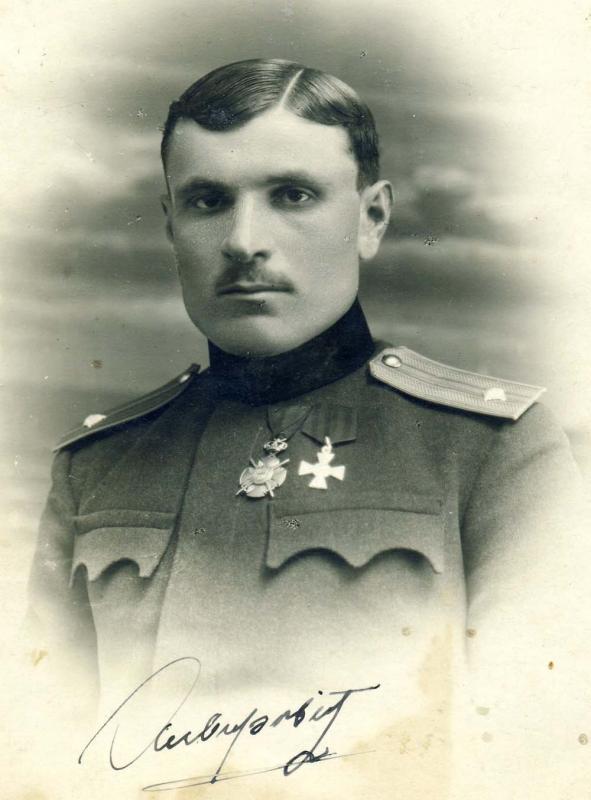
I was going through older topics and stumbled upon this one again. I finally managed to read his handwriting!
АЛВИРОВИЋ (Alvirović), knowing his surname the rest was easy! I checked the list of the Karađorđe Star with Swords recipients and turns out there is only one person with that surname, Milan Alvirović (Милан Алвировић) and the best thing - his short biography and picture from older days are available! Unfortunately my scanner is not working so I made photos, if you wish I can make better ones tomorrow during daytime.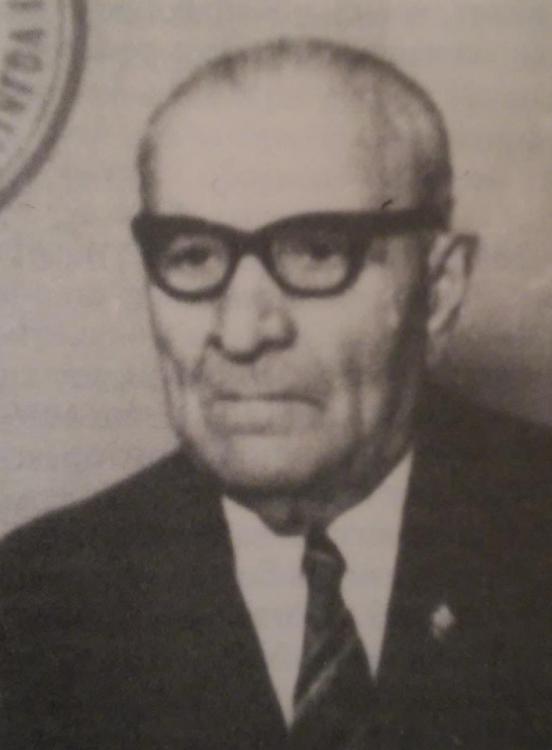
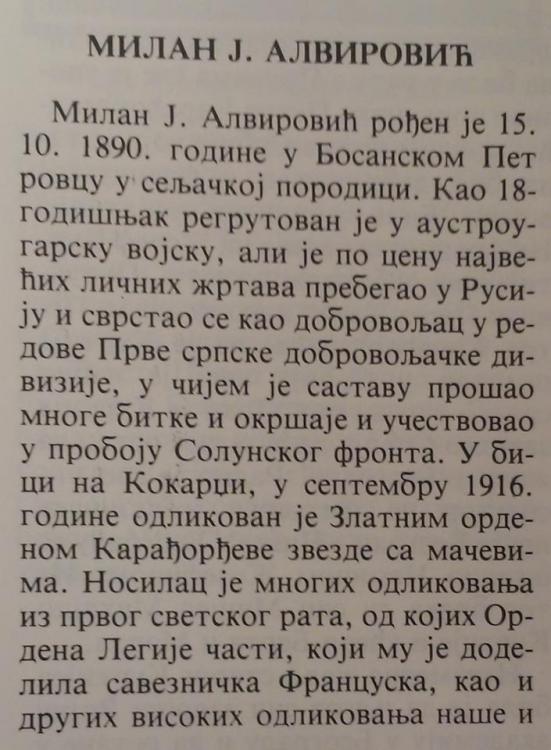
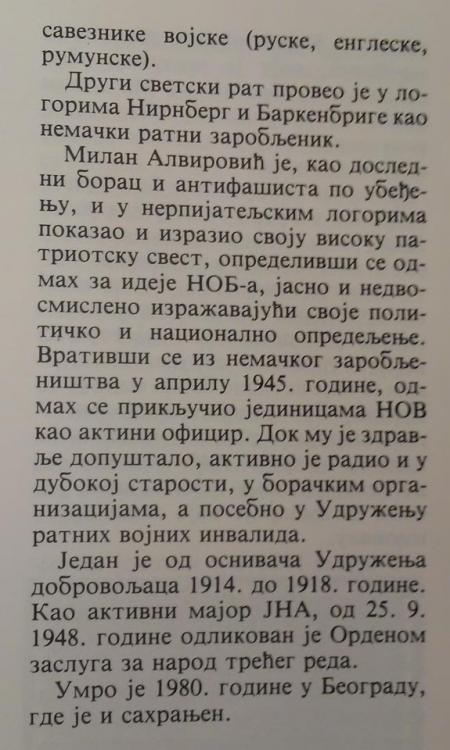 0
0 -
-
Thanks for additional photos, a very nice example.
Compare the quality with this one for example. Photos found here. 0
0 -
Looks like soldering to me as well. If it was up to me I would leave it the way it is.
I presume this was done by the recipient, I doubt some collector would do it.0 -
Now here's the strange part, it's not only the German tombstones that are scattered around, there are Serbian ones as well. This gives you an idea of how much the new, post-WW2, Yugoslav authorities cared about WW1 military graveyards. My personal belief is that the only reason why the whole complex wasn't completely wiped away is the Mackensen's monument to Serbian troops. There were cemeteries in other parts of Belgrade and Yugoslavia, that were completely destroyed (I wrote about this in the Austro-Hungarian section of the forum).
According to several sources earthly remains of Serbian soldiers were exhumed and placed inside the collective tomb on New Cemetery (Ново гробље). Some say the same thing happened with one French and one British soldier but I wasn't able to find out where did they move others.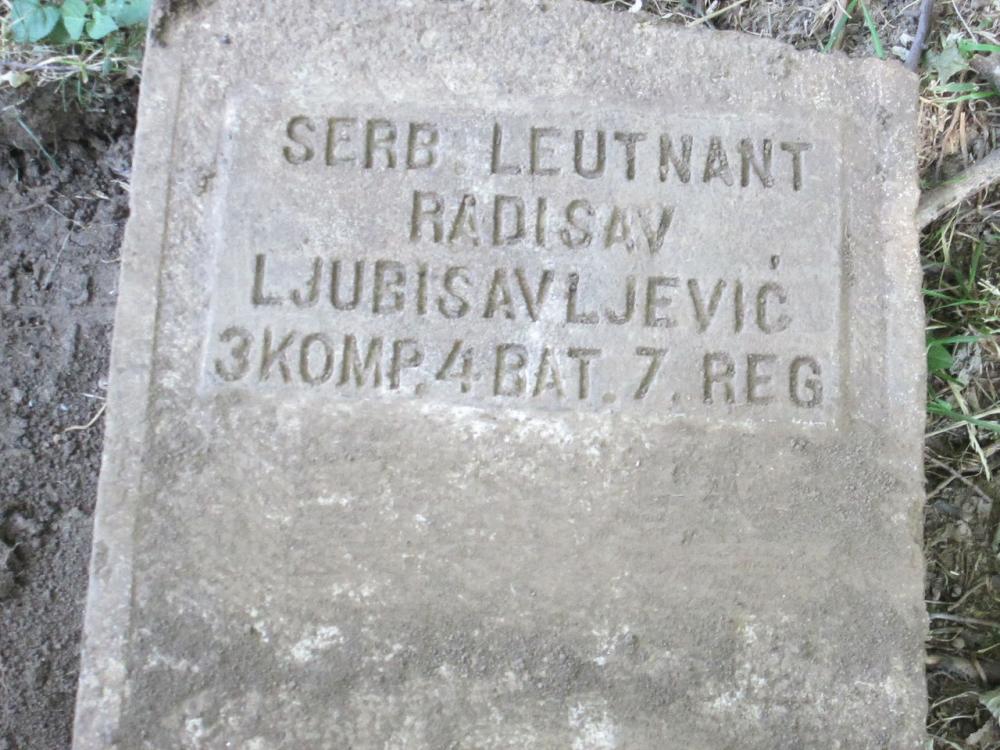
SERB LEUTNANT RADISAV LJUBISAVLJEVIĆ
3 KOMP. 4 BAT. 7 REG.Поручник Радисав Љубисављевић, 3. чета, 4. батаљон, 7. пук
SERB. SOLDAT ŽIVOJIN MILOSAVLJEVIĆ
4. KOMP. 4. BAT. 7. REG.Војник Живојин Милосављевић 4. чета 4. батаљон 7. пук
0 -
LTN. D. RES. (Leutnant der Reserve) BÖTTGER AUGUST
LTN. D. RES. (Leutnant der Reserve) SPITZER LUDWIG
LTN. D. RES. (Leutnant der Reserve) BRAMSTEDT WILLY
MUSKET. (Musketier) HAIN PAUL
GEFR. (Gefreiter) SCHUPPENER WILHELM
MUSK. (Musketier) MIENKUS JOHANNLTNT. HANS MÜLLER
FUSARTL. RGT. 4 (Fuss-Artillerie-Regiment 4. ?) 17.10.1918Forgive me if I made some mistakes, my German is not very good and I'm not so familiar with the Imperial German Army.
Photos found here.0 -
Look from the other side of the wall. Right in the corner is the old house in which the cemetery keeper used to live. It is still occupied today but the current residents have nothing to do with the graveyard.
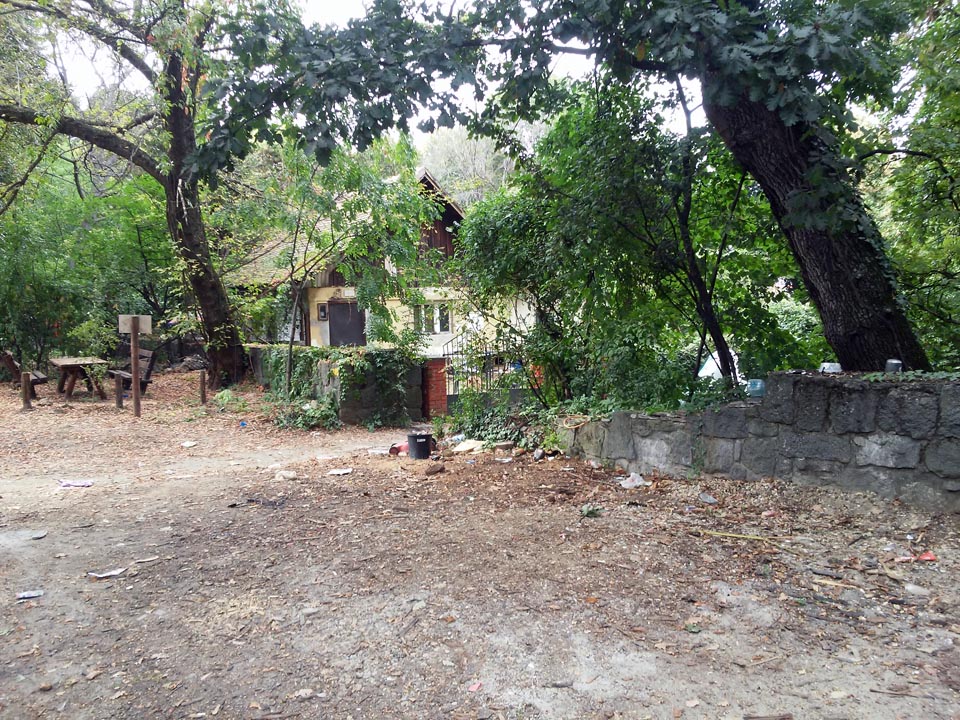
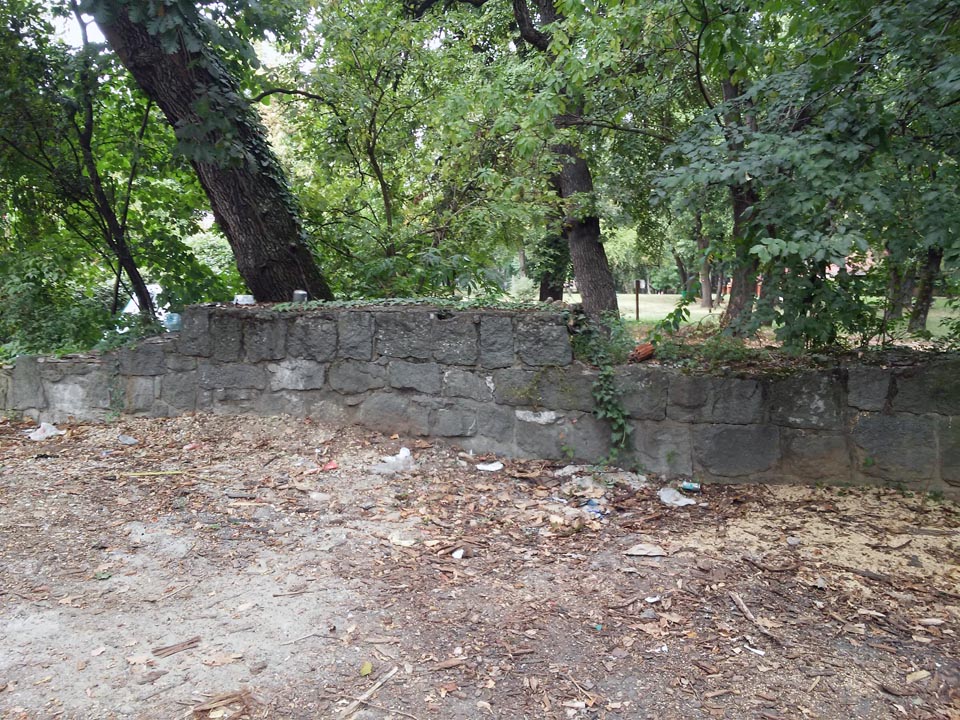 0
0 -
As I walked around I noticed couple of German tombstones in the bushes behind the central monument, right in front of an old wall. Unfortunately I was in a hurry, after cleaning one of them I noticed that the inscription is almost unreadable. Next time I go I'll try to clean more of them and see if the inscription can be read. Iron Cross is clearly visible on the last photo.
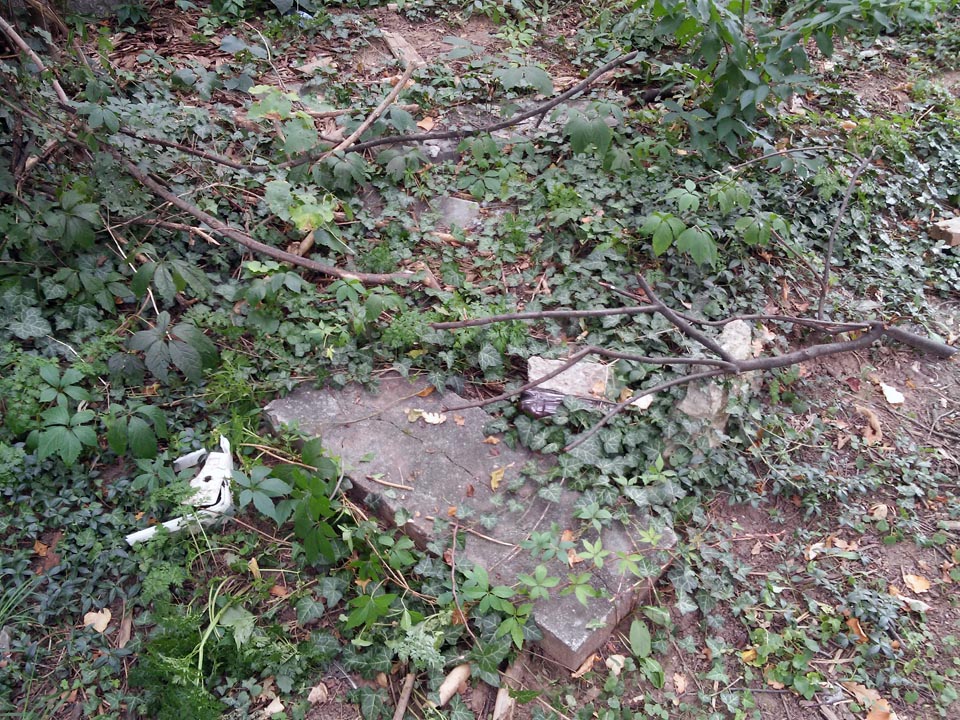
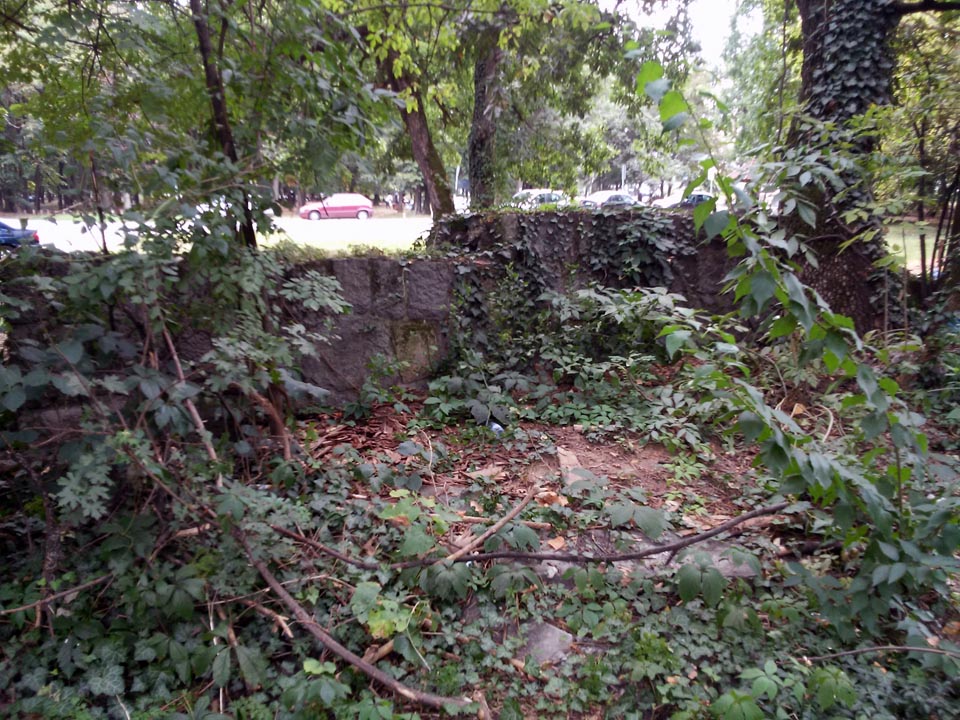
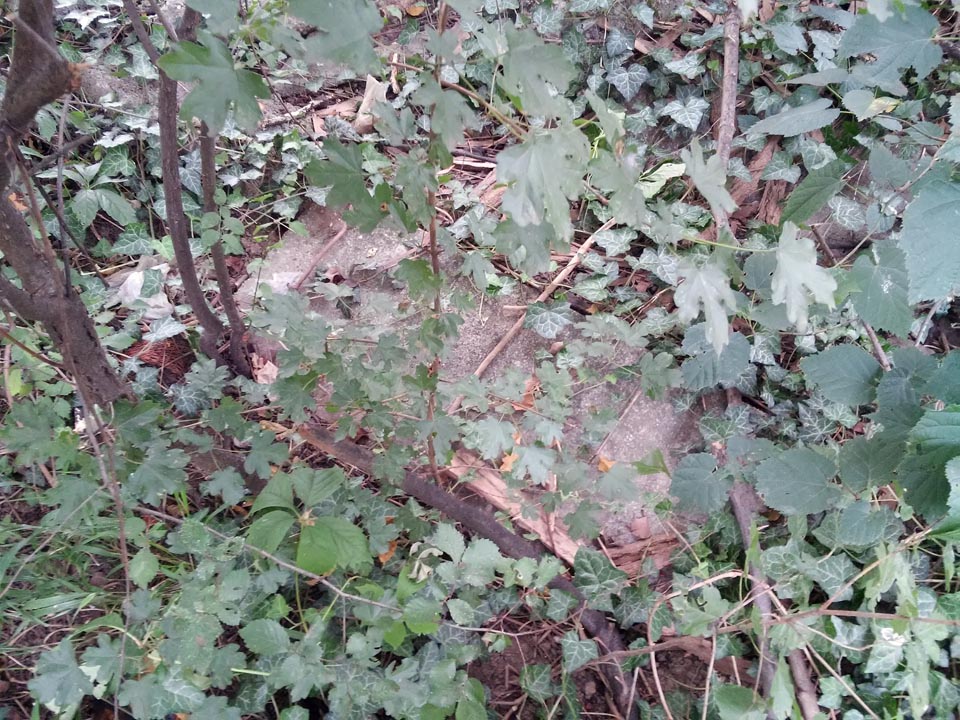

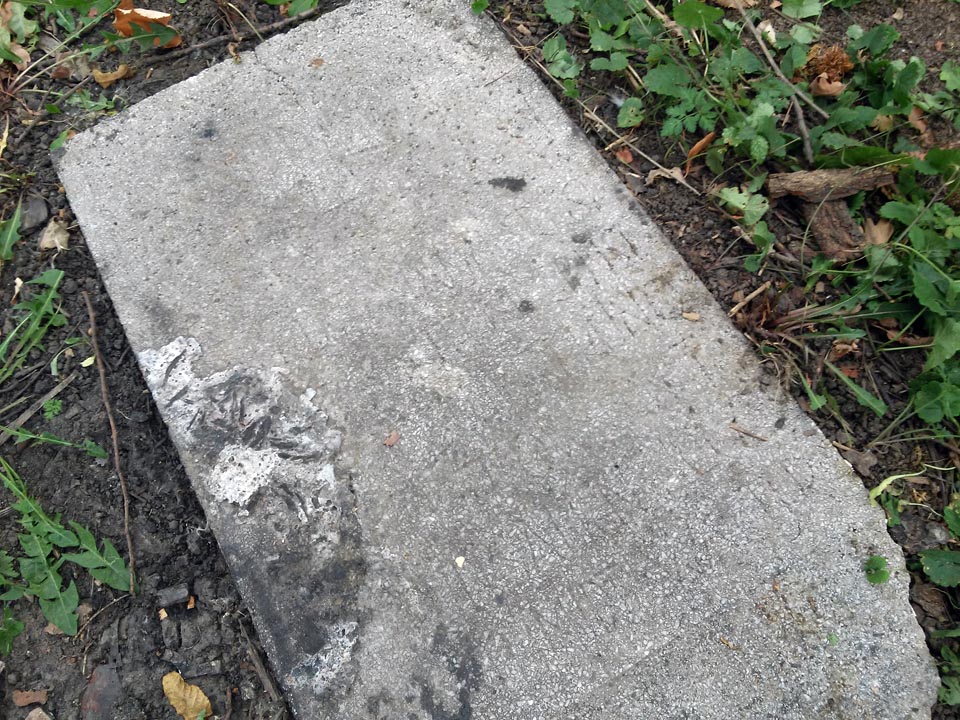
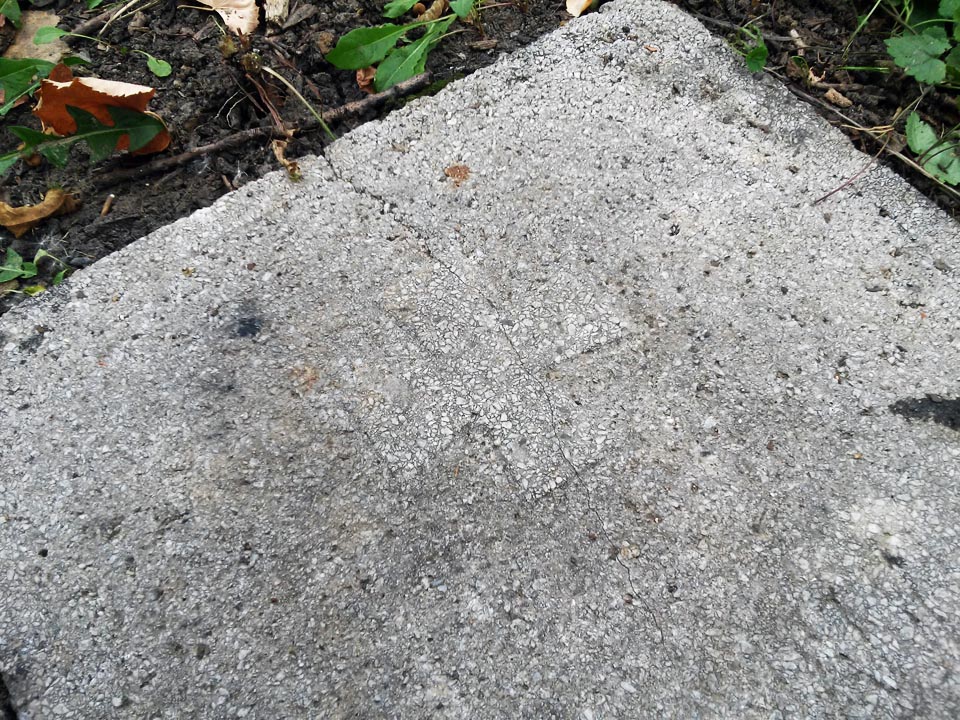 0
0 -
The Pyramid, today within that private school's yard. I walked all the way around and couldn't see it from the outside.
Luckily I stumbled upon a few photos here.
The marble was supposed to be used for Ivan Meštrović fountain in city center but ended up there. After WW2 it was removed and only the bricks and concrete remained.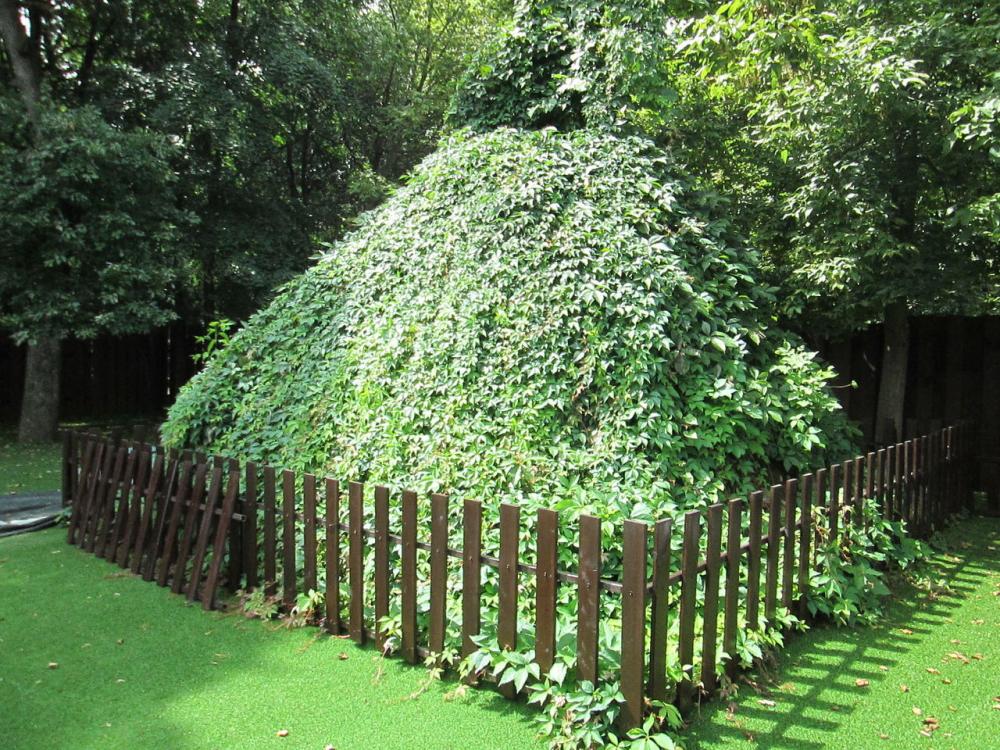
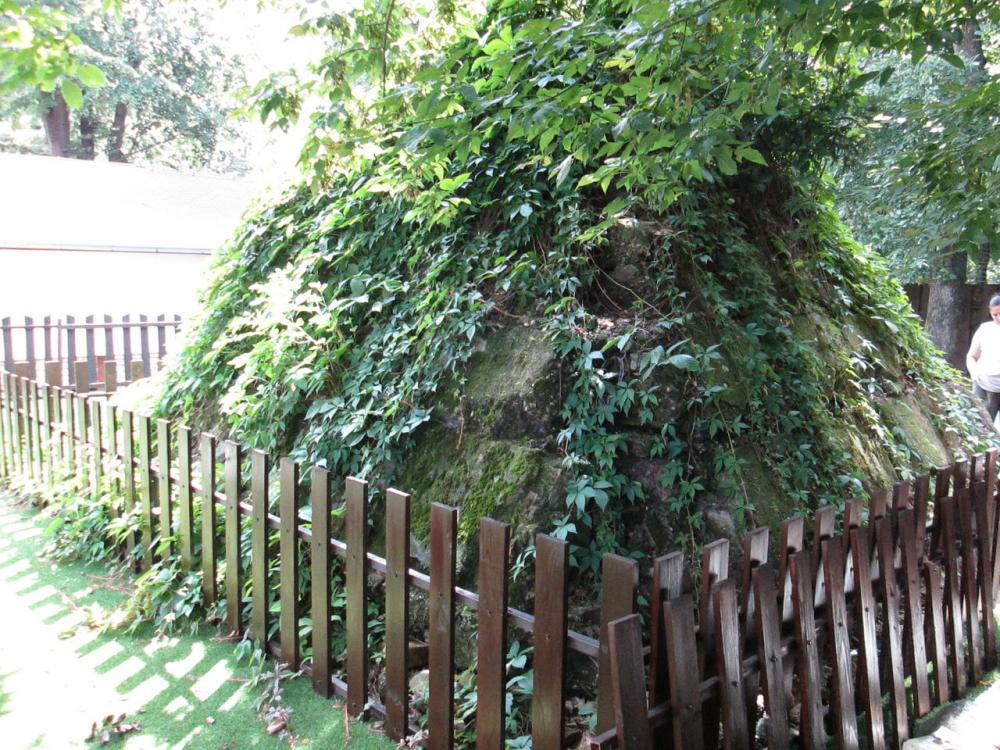
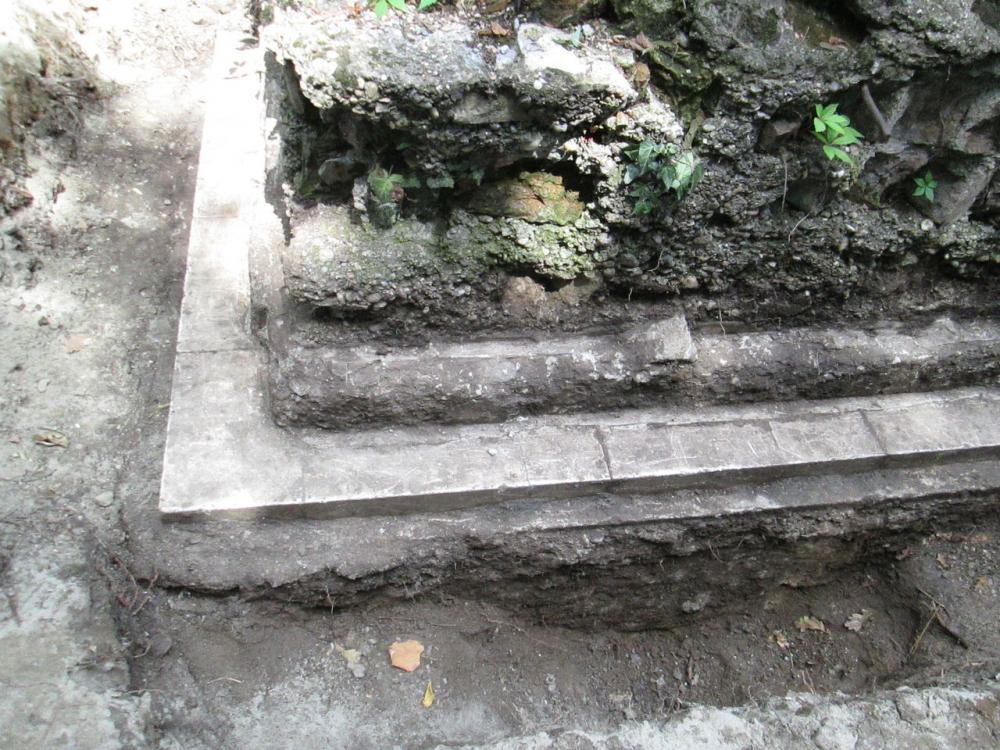 0
0 -
The Mackensen Bench now surrounded on two sides with a fence of the "Ruđer Bošković" private school.
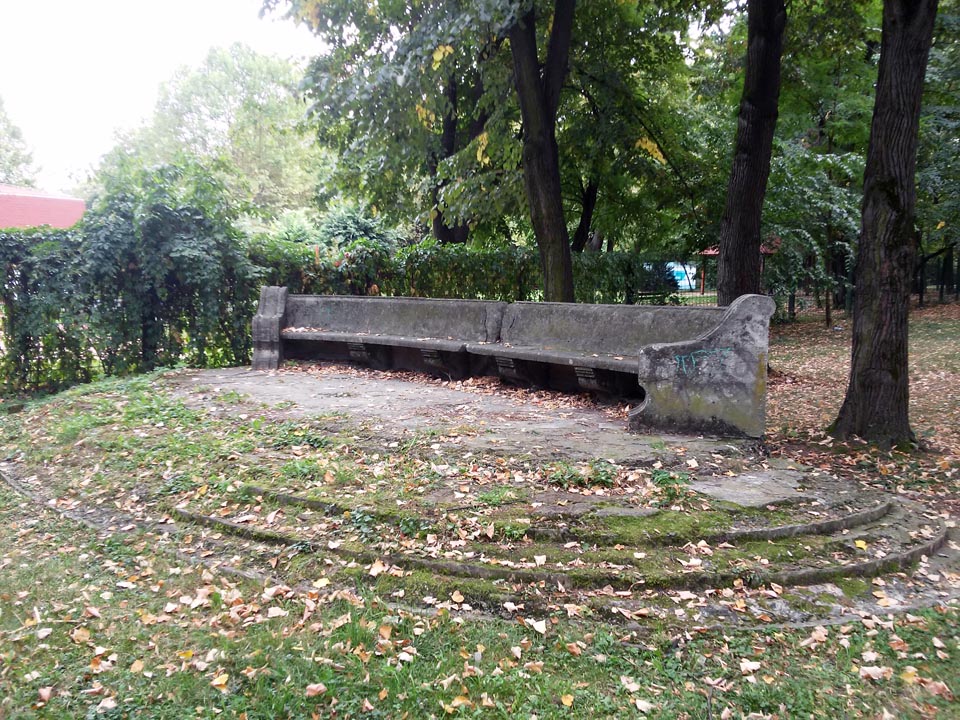
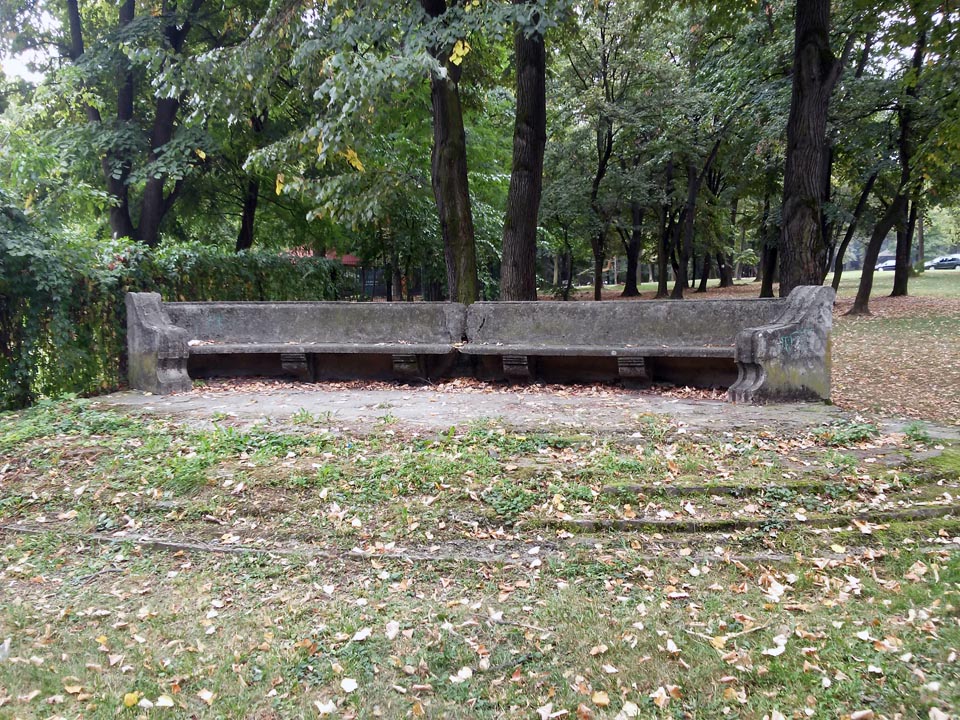
 0
0 -
Serbian monument with inscription in German "HIER RUHEN SERBISCHE HELDEN" and Serbian "ОВДЕ ПОЧИВАЈУ СРПСКИ ЈУНАЦИ" (Serbian Heroes Rest Here).
In front of it, inscription in Serbian "Споменик српским ратницима јуначки изгинулим бранећи Београд у јесен 1915. године подигнут је по наређењу команданта немачке војске маршала фон Макензена као израз поштовања храбрим противницима" (Monument to the Serbian warriors heroically fallen while defending Belgrade in the fall of 1915. erected on the order of the commander of the German army field marshal von Mackensen as an expression of respect for the brave opponents).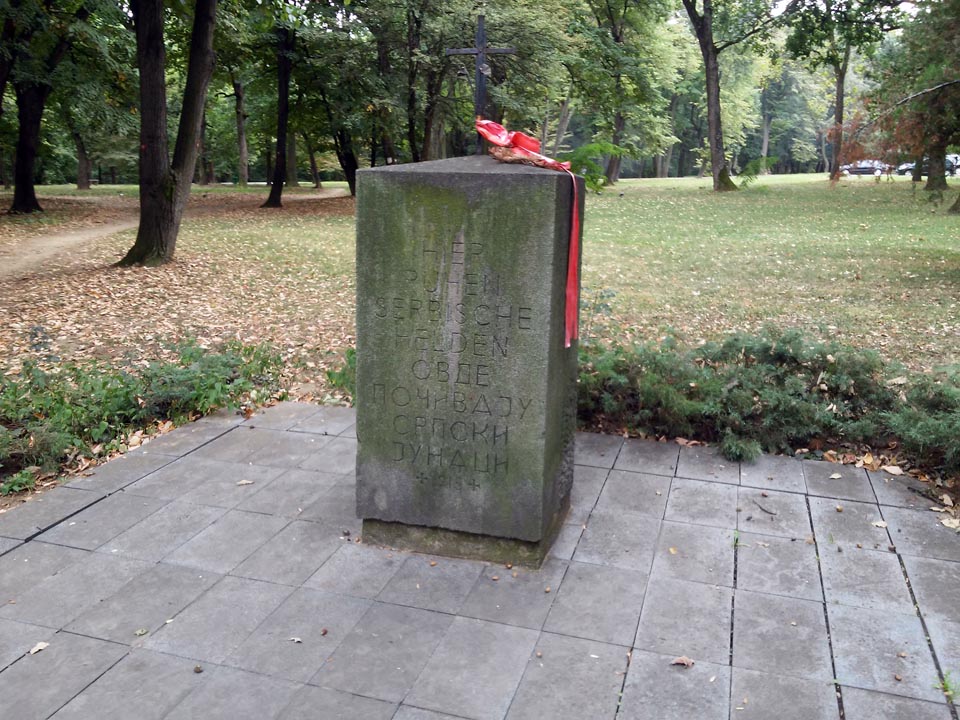
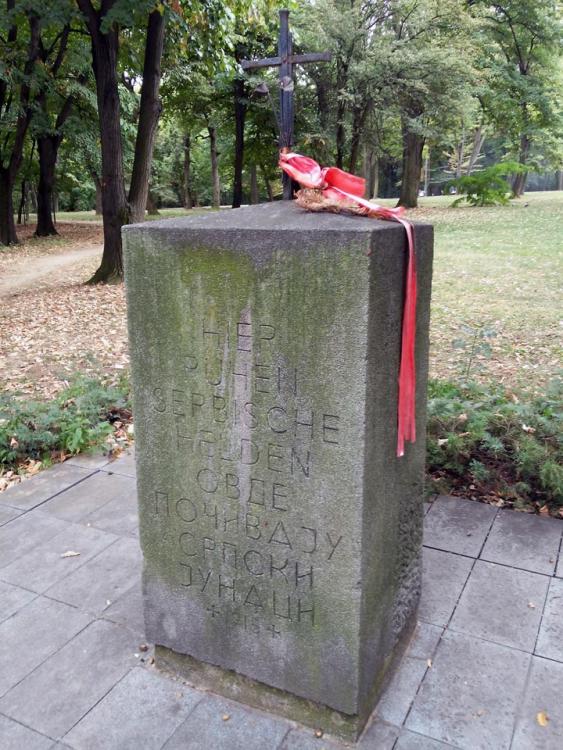

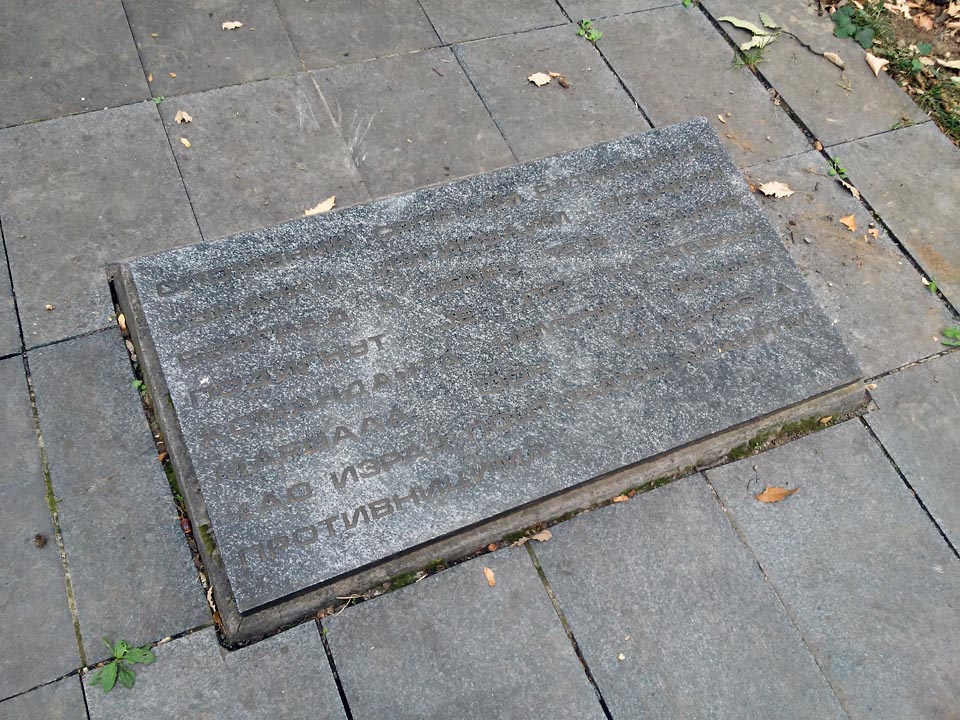
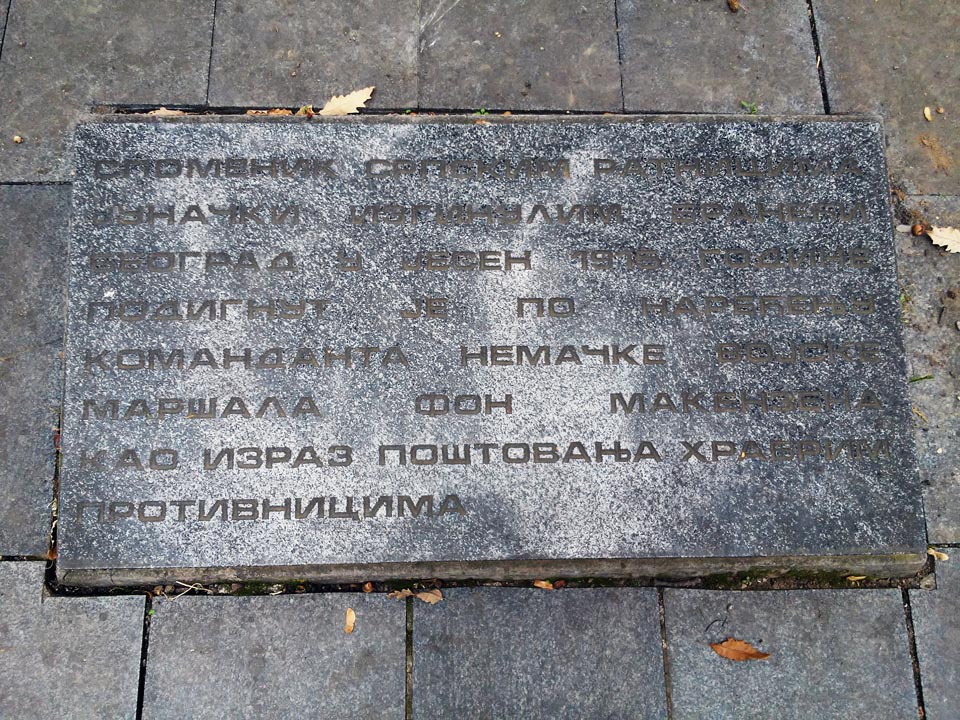 0
0 -
There were metal plates with list of names on the back side, I'm not sure what exactly happened to them, unfortunately they might have been stolen. They can be seen on the 4th photo published in a newspaper article around a year and a half ago.

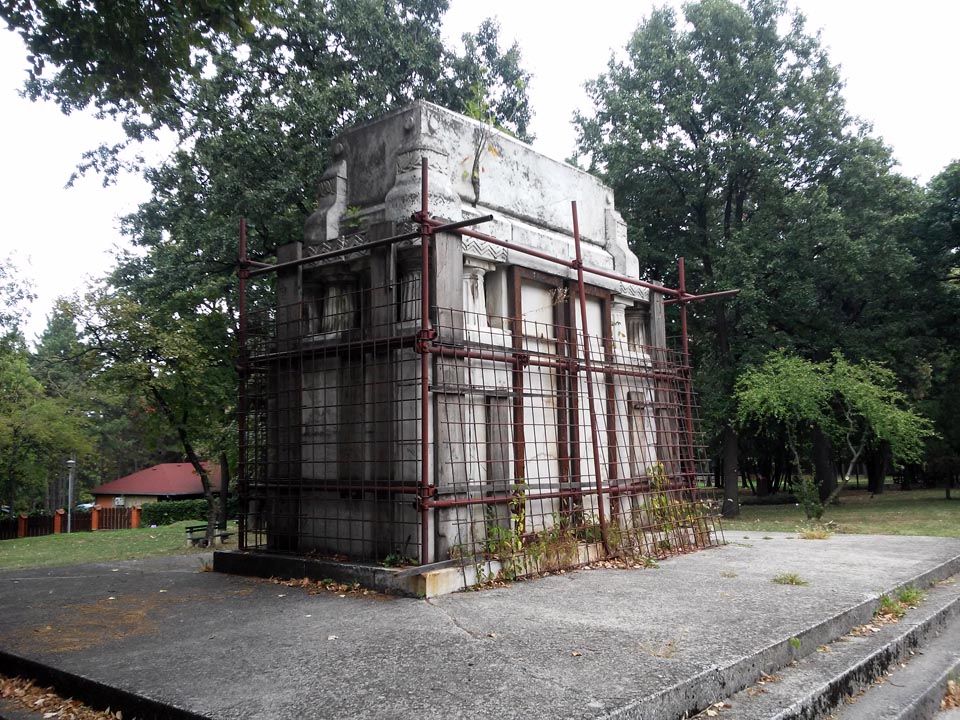
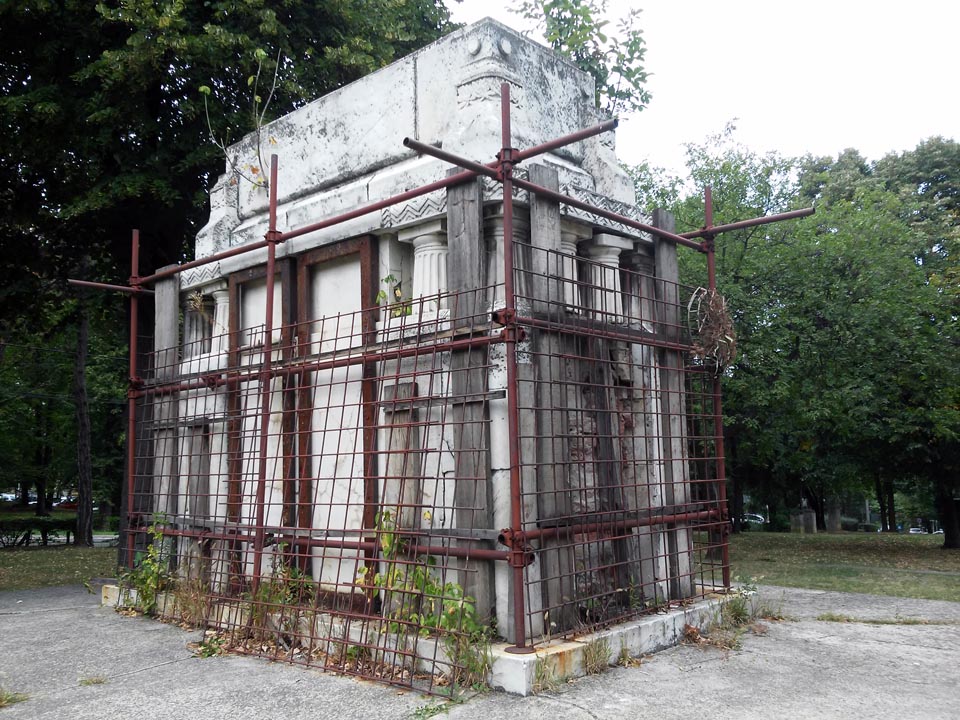
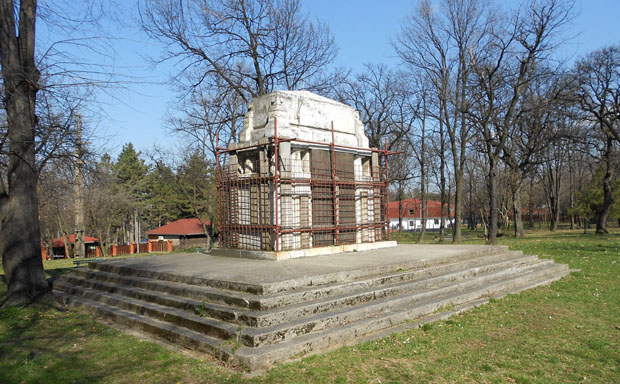 0
0 -
The central monument is in pretty bad shape, I'm not sure when exactly was it reinforced but certainly recently.
Inscription: "DAS PREUSS. RES. INF. RGT. 208 - SEINEN GEFALLENEN HELDEN" (Das Preußische Reserve – Infanterieregiment 208 seinen gefallenen Helden).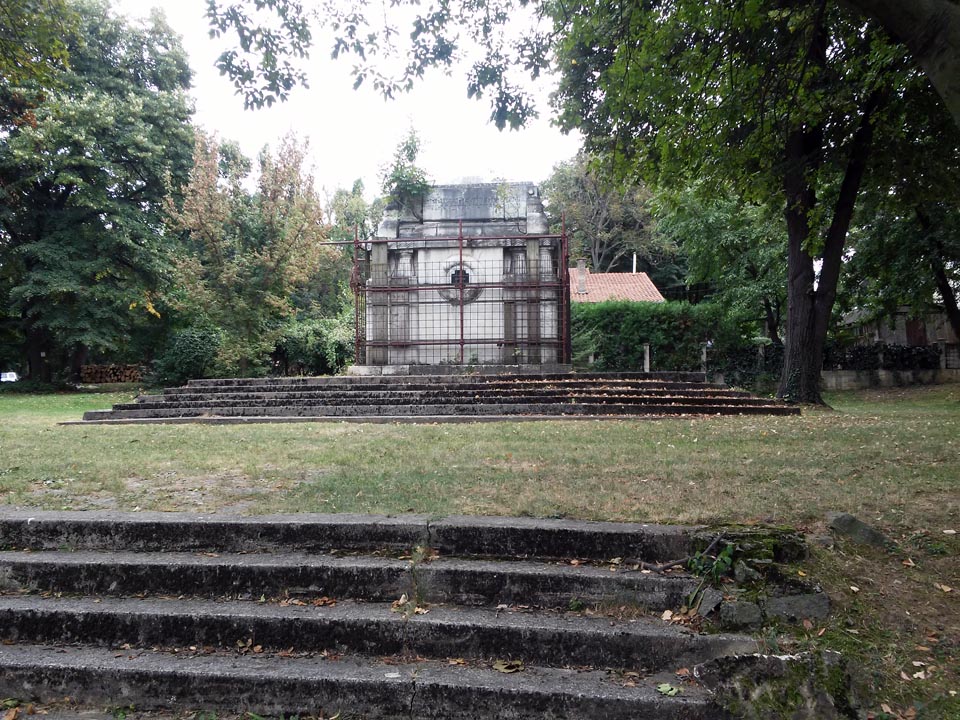
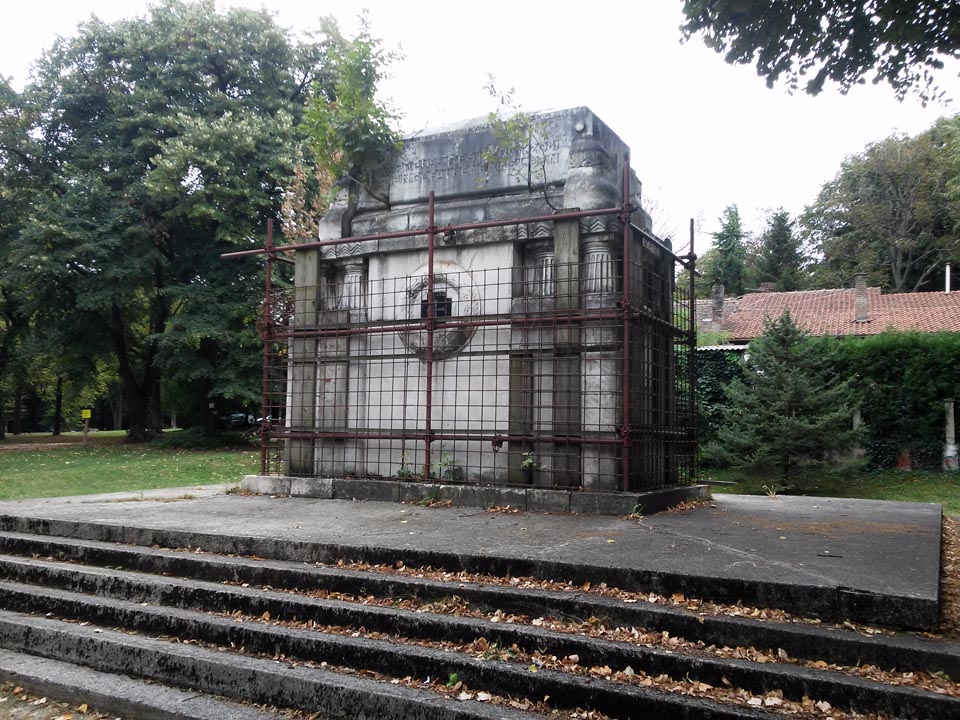
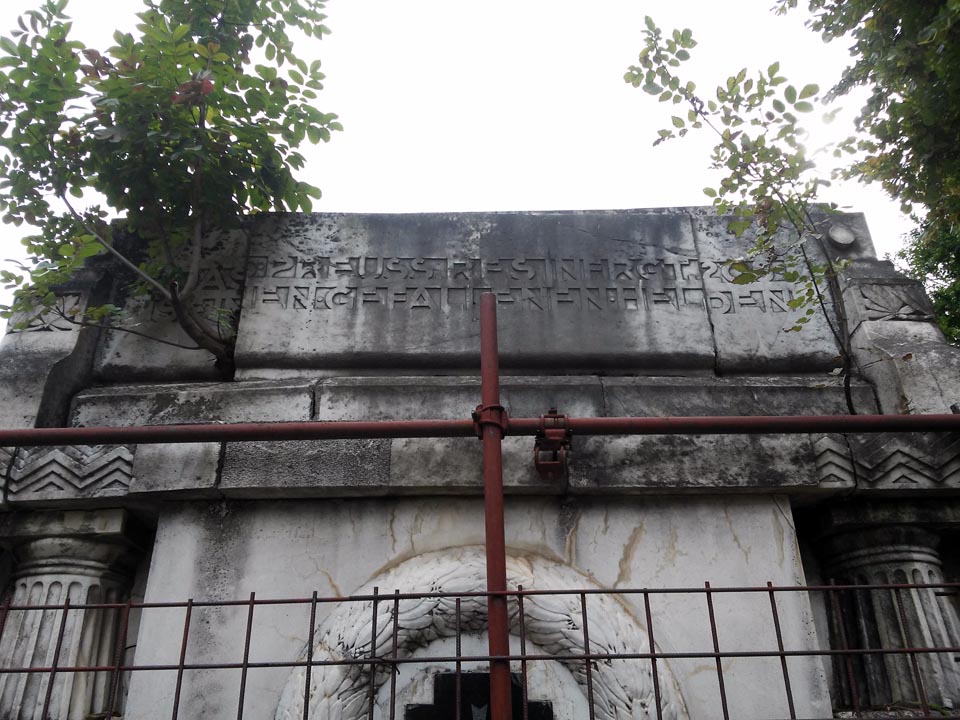
 0
0 -
-
"Mackensen bench" built when Wilhelm II visited Belgrade. It overlooks the Sava river, which back then was the border and could be seen from the graveyard. In the meantime many buildings were erected and today they are blocking the once beautiful view.
Mackensen is probably the most respected enemy in Serbia, couple of his speeches about Serbian troops that are often quoted:
"You are not going to the Italian, or Russian, or the French front. You are going into a fight against a new enemy who is dangerous, tough, brave and sharp. You are going to the Serbian front, to Serbia, and Serbs are people who love their freedom and who are willing to fight for it to their last. Do your best so this small enemy does not overshadow your glory and compromise the success you’ve achieved so far in the glorious German army."
"We fought against an army that we have heard about only in fairy tales, who defended themselves with virtually unprecedented courage. The moment we conquered Serbia hurt us more than her allies."
The other reasons why he was so respected has to do with the behavior of other occupying forces who committed mass atrocities against the Serbian civilian population and prisoners of war. This was not the case with the Germans.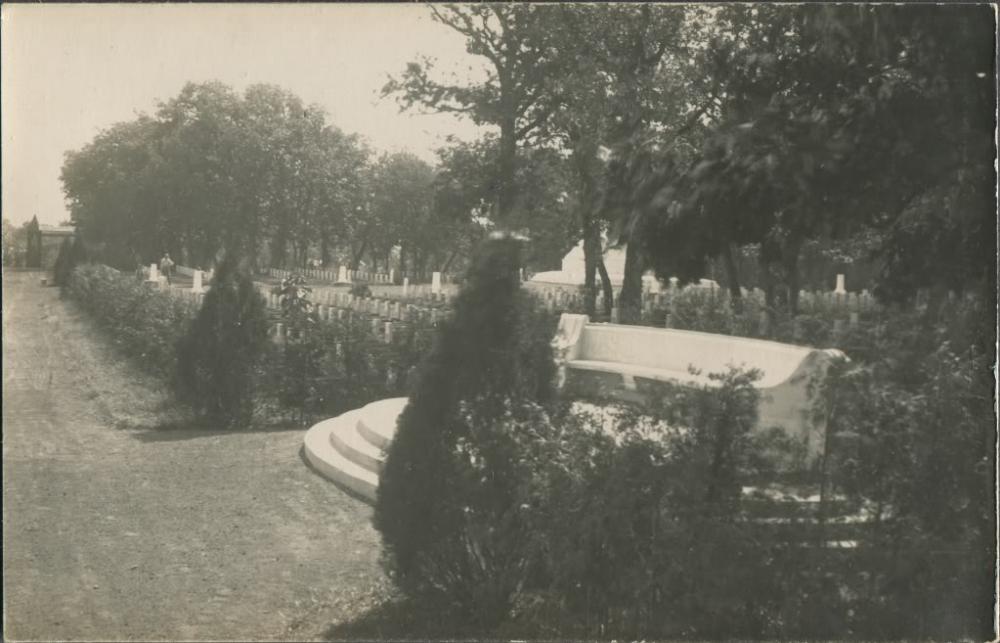 0
0 -
-
Greetings,
Couple of days ago I visited German Military Graveyard (Deutscher Heldenfriedhof) in Belgrade's neighborhood Banovo brdo. I've made couple of photos which I will post in this topic together with other ones I found on various, mainly Serbian, forums.
The graveyard was built on the orders of August von Mackansen in 1915 and it was the final resting place of German soldiers that mainly belonged to 208th Reserve Regiment (Reserve-Infanterie-Regiment Nr. 208) 88th Reserve Brigade (88. Reserve-Infanterie-Brigade), 44th Reserve Division (44. Reserve-Division). They lost their lives during battles that took place between October 7th and November 10th 1915.
According to Mackansen's orders Serbian soldiers of the 7th Infantry Regiment "King Petar I" (7. пешадијски пук "Краљ Петар I") were to be buried on the same place, some speak of 30, other sources claim 36 of them.
German soldiers who died during WW2 were also buried there. The whole complex was maintained and kept in a decent shape during the interwar period but all that changed after the Second World War ended.
Couple of photos that show how it looked like in the past, first the central monument dedicated to the soldiers of the 208th Reserve Regiment.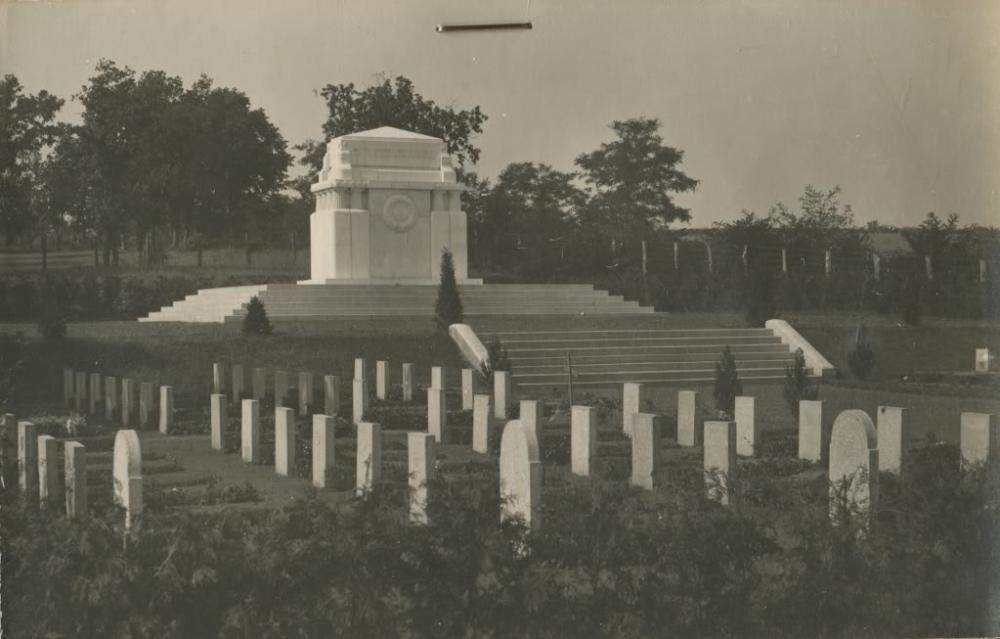
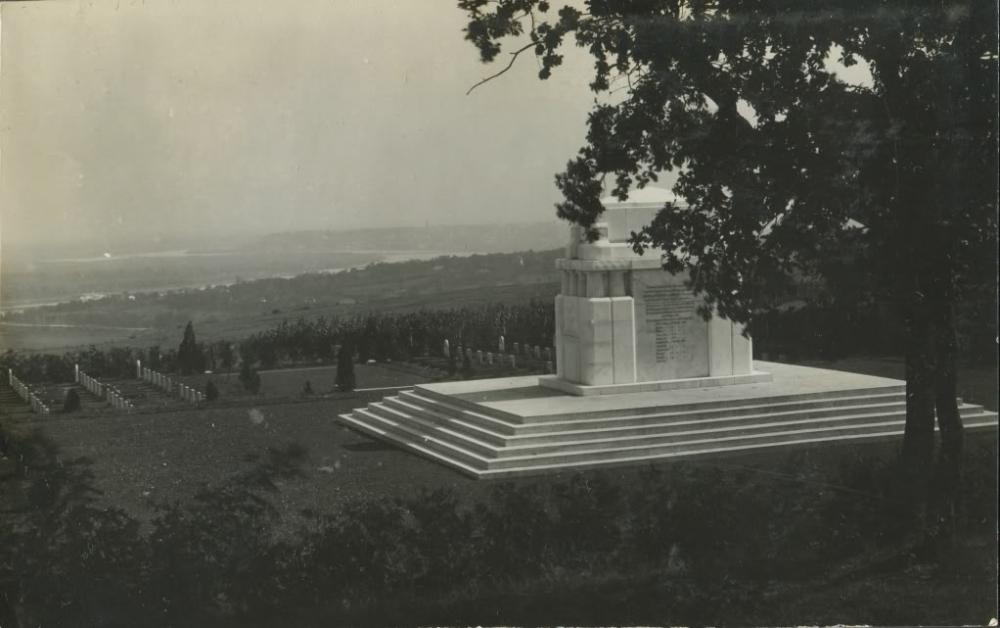
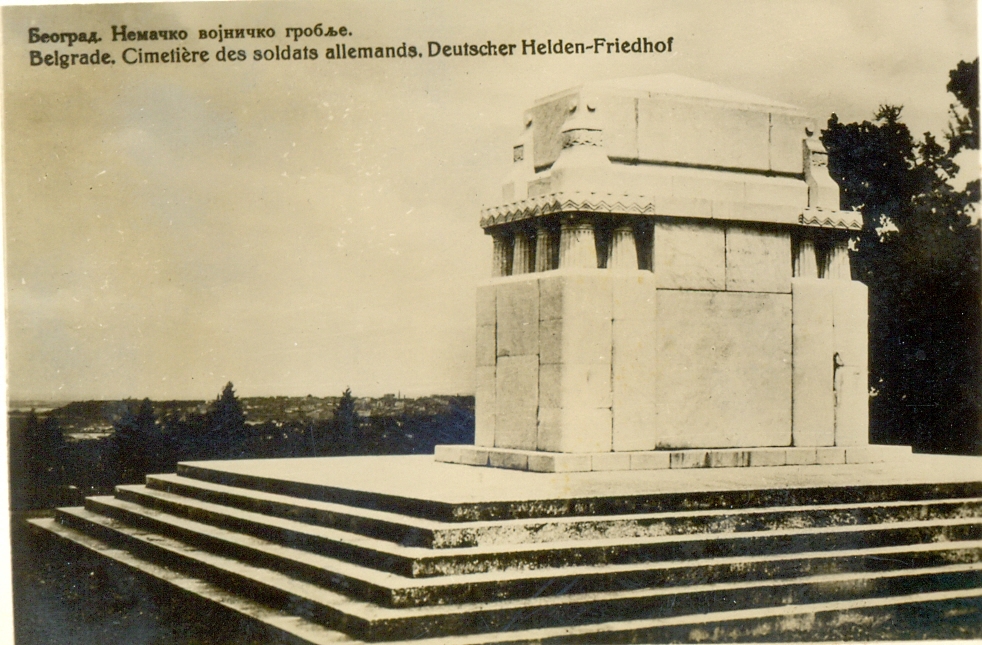 0
0 -
King Aleksandar Karađorđević's Legion of Honor and impressive miniature chain that belonged to Milutin Garašanin (Милутин Гарашанин). It consists of:
-Order of the Cross of Takovo V
-Silver Bravery Medal (Obrenović era)
-Commemorative Medal for the Restoration of the Kingdom
-Order of the Iron Crown (Austria-Hungary)
-Order of the Romanian Star
-Order of Leopold (Austria-Hungary)
-Order of the White Eagle
-Order of the Cross of Takovo III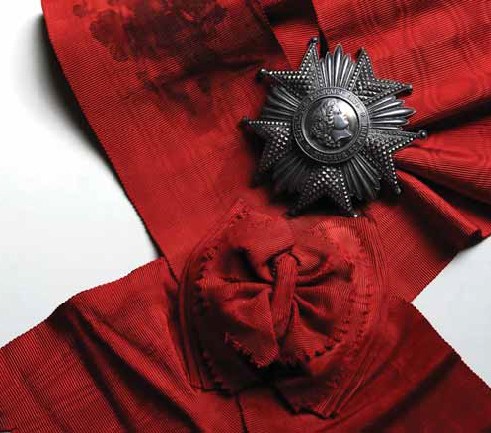
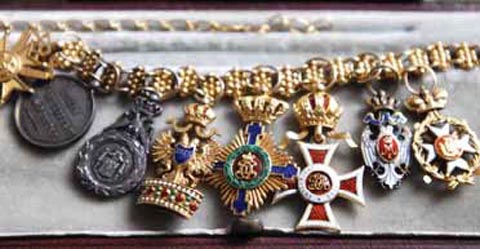
They are kept in the Military Museum in Belgrade.0 -
Vojvoda Bojović's mundir, blouse and overcoat.
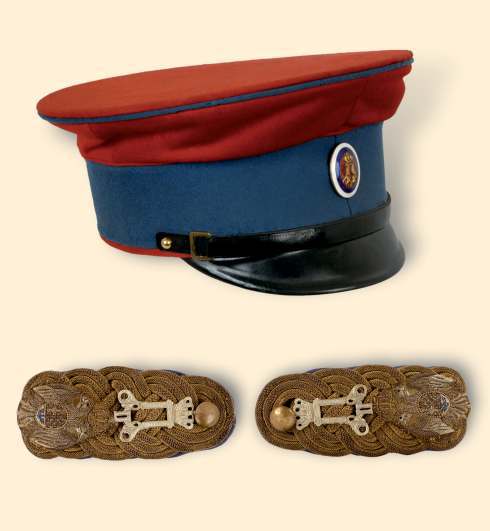

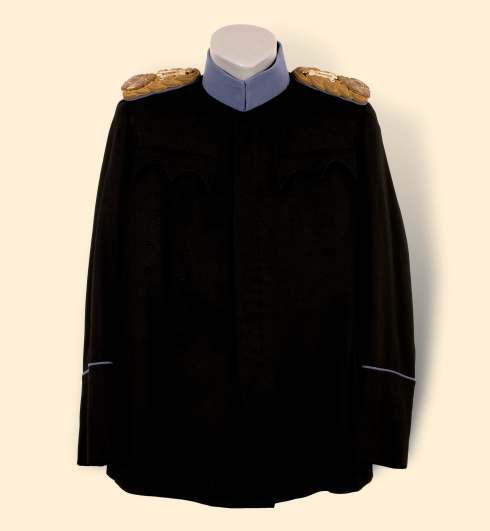
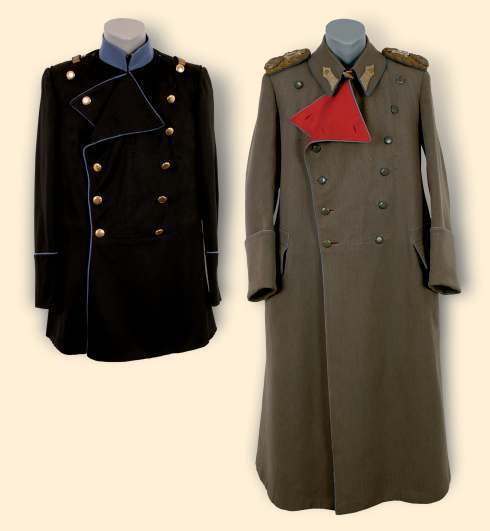 0
0 -
One more photo from the exhibition where we can see Russian Order of St. Vladimir with swords next to French Legion of Honor and WW1 War Cross.
0 -
A few interesting photos of vojvoda Bojović
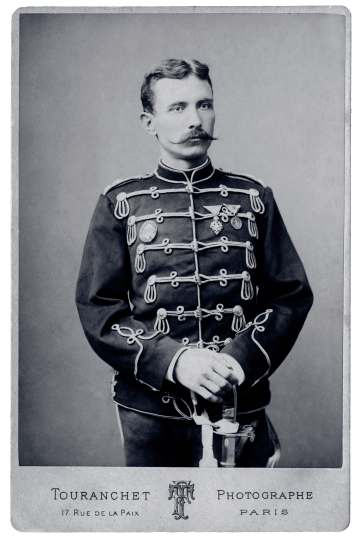

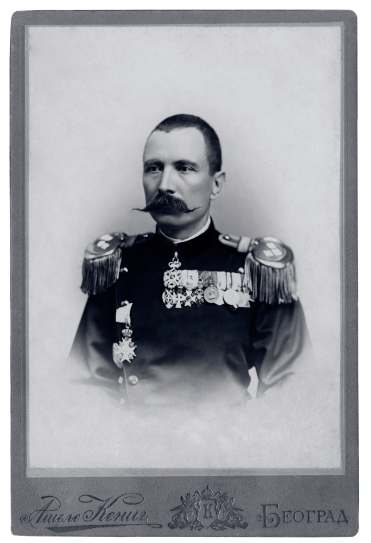
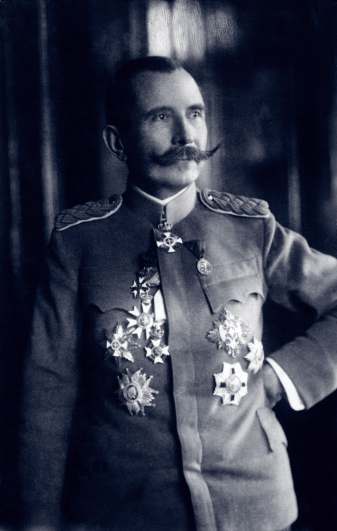
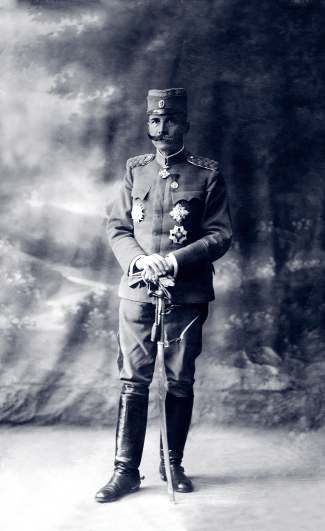 0
0



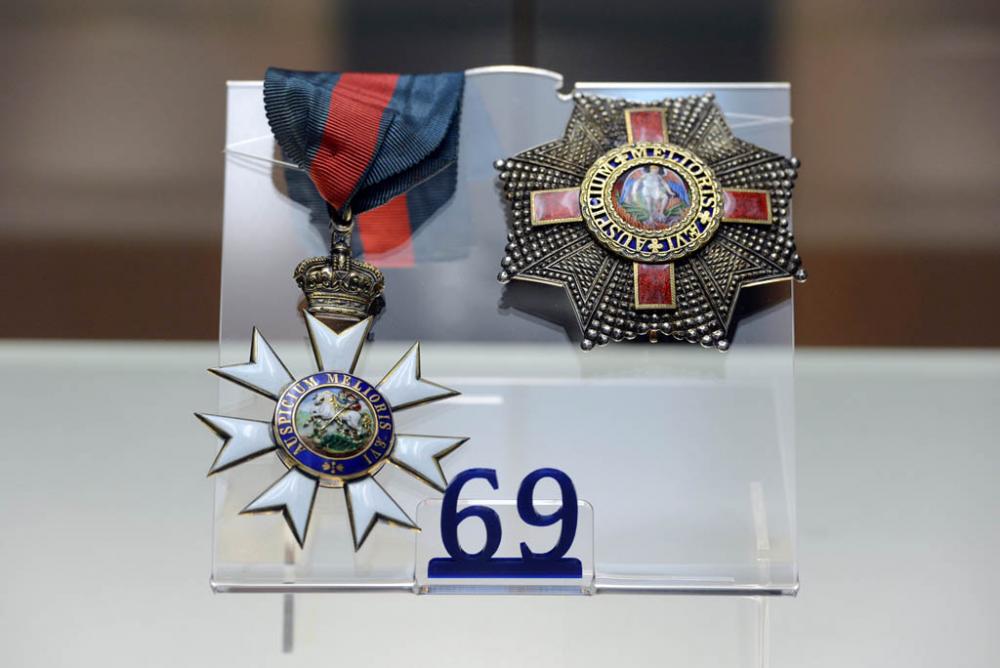

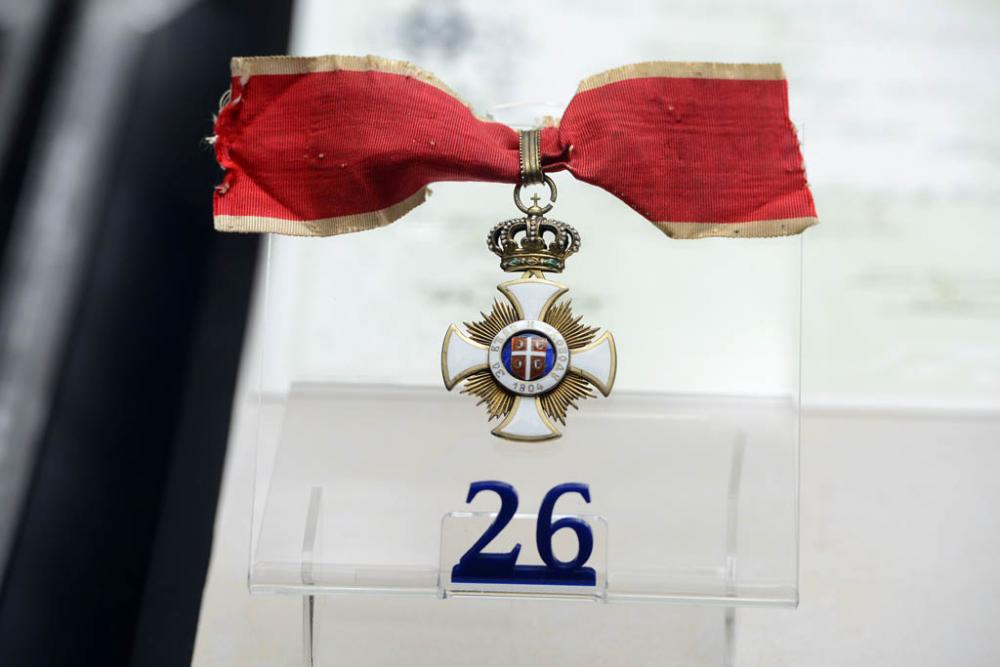

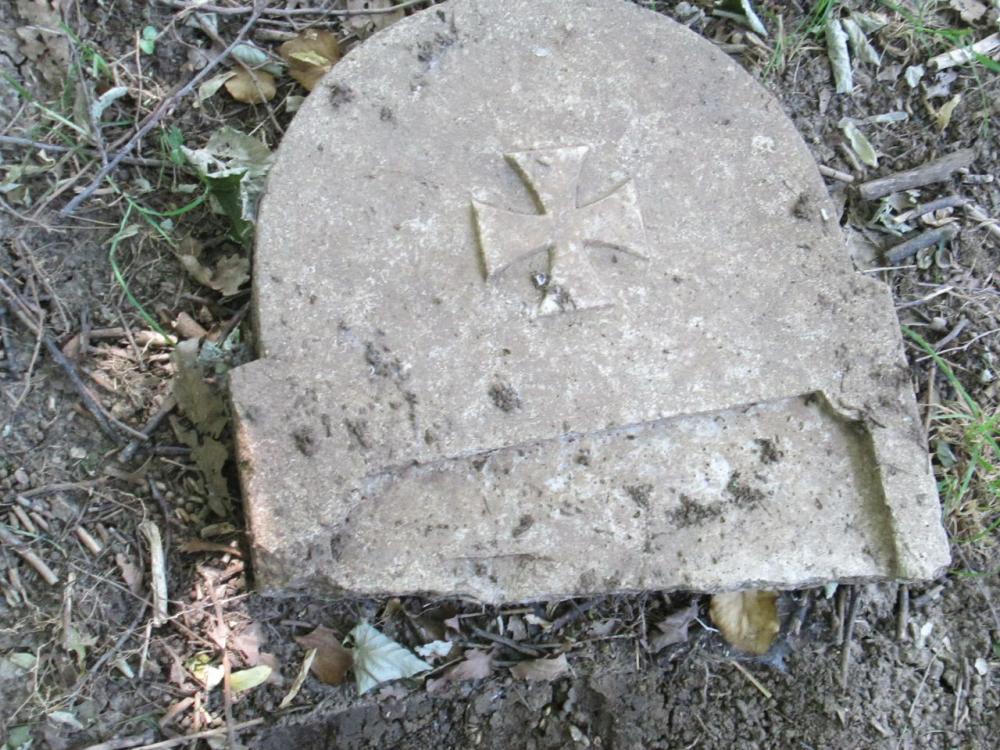
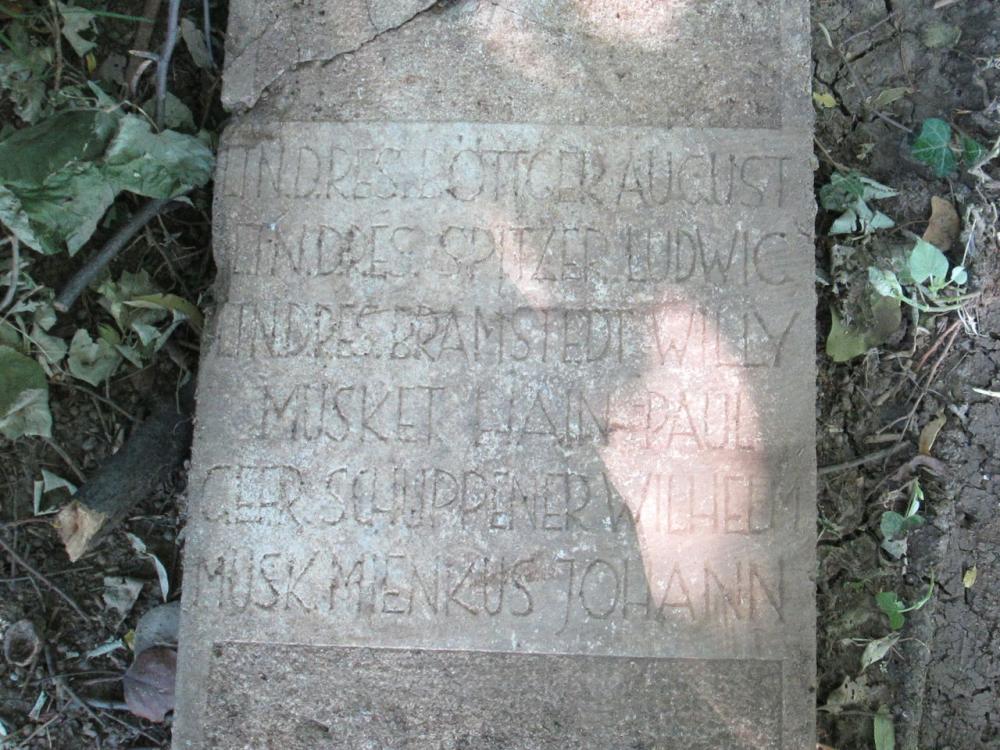
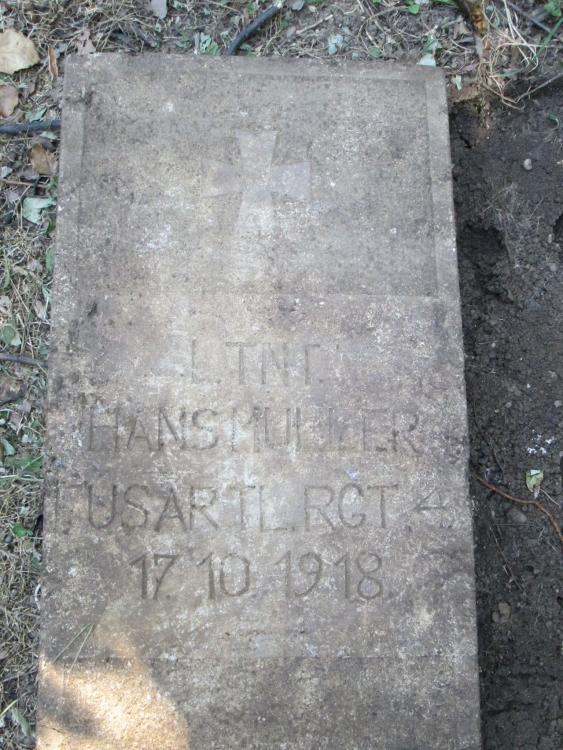
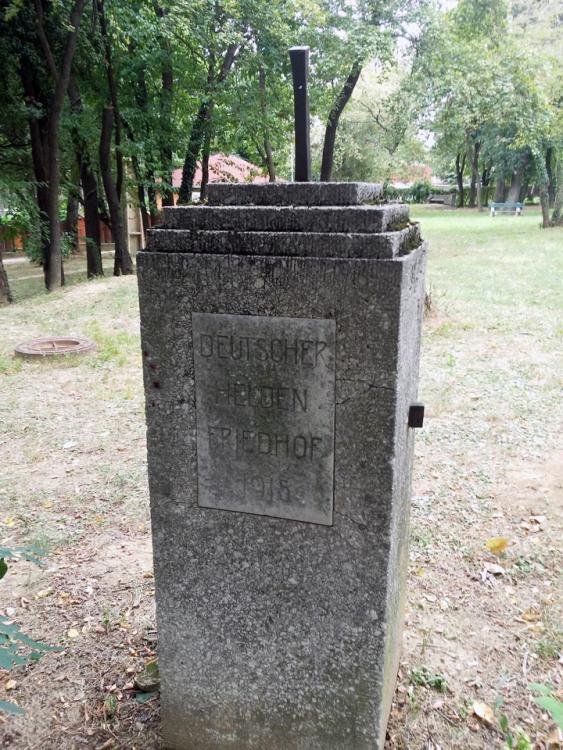
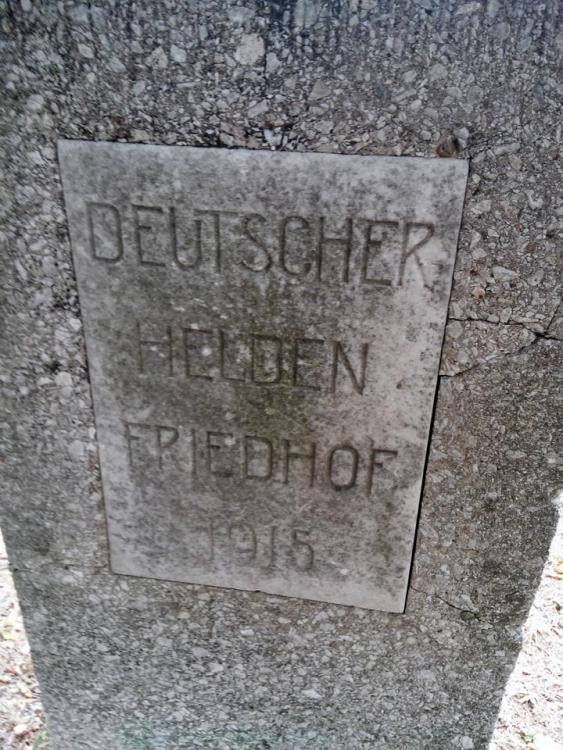
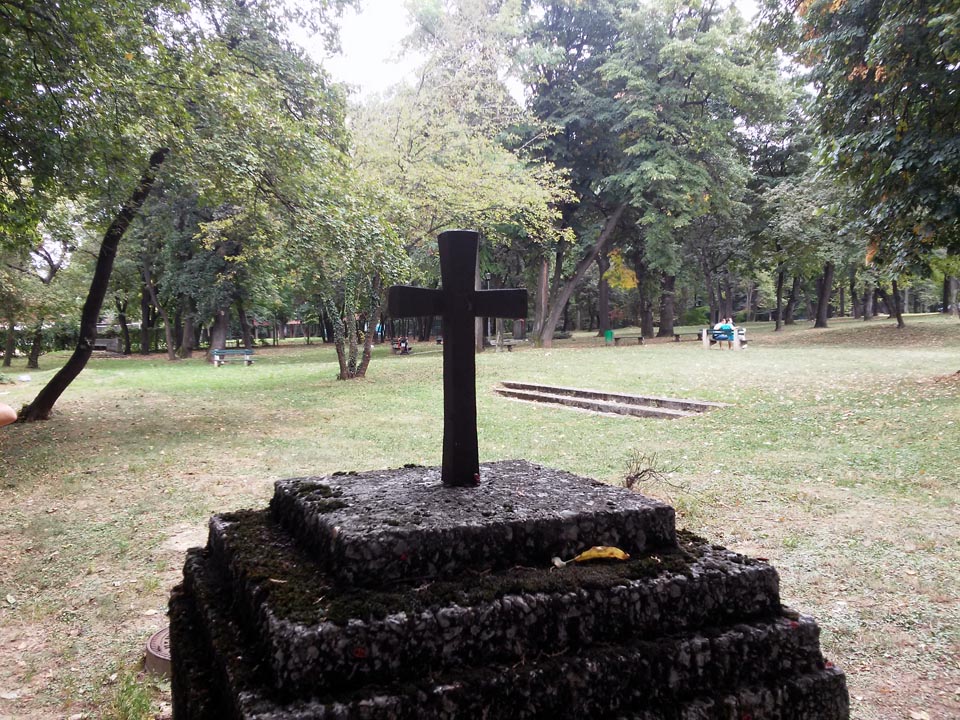

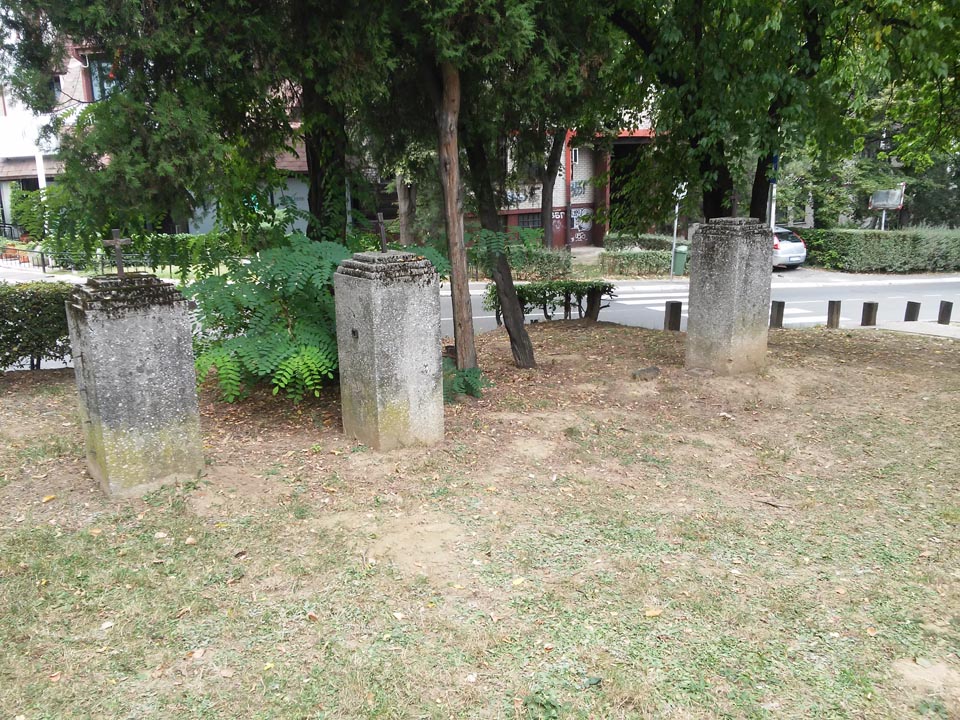
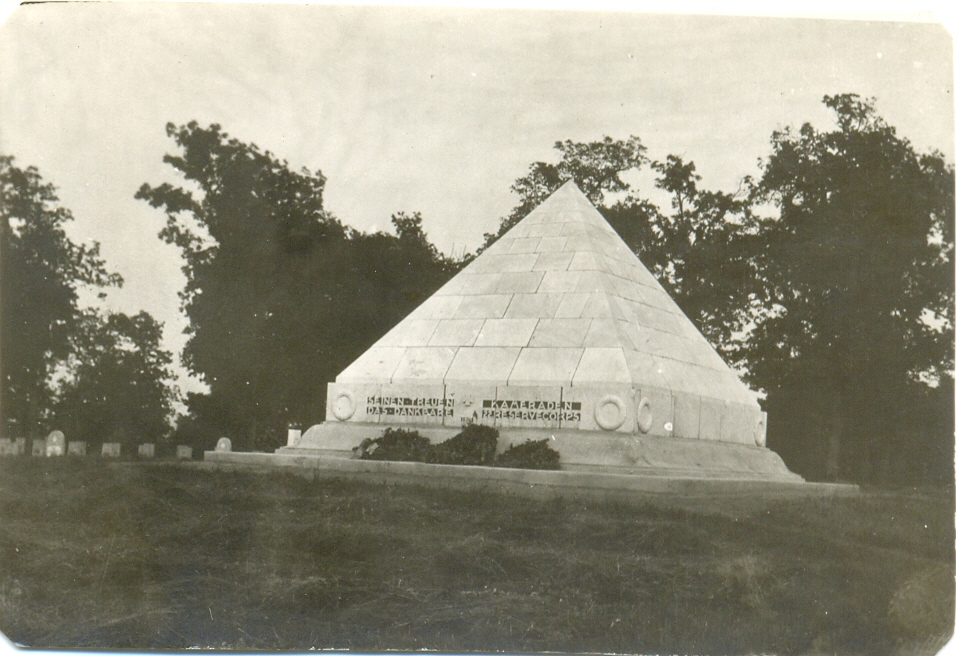
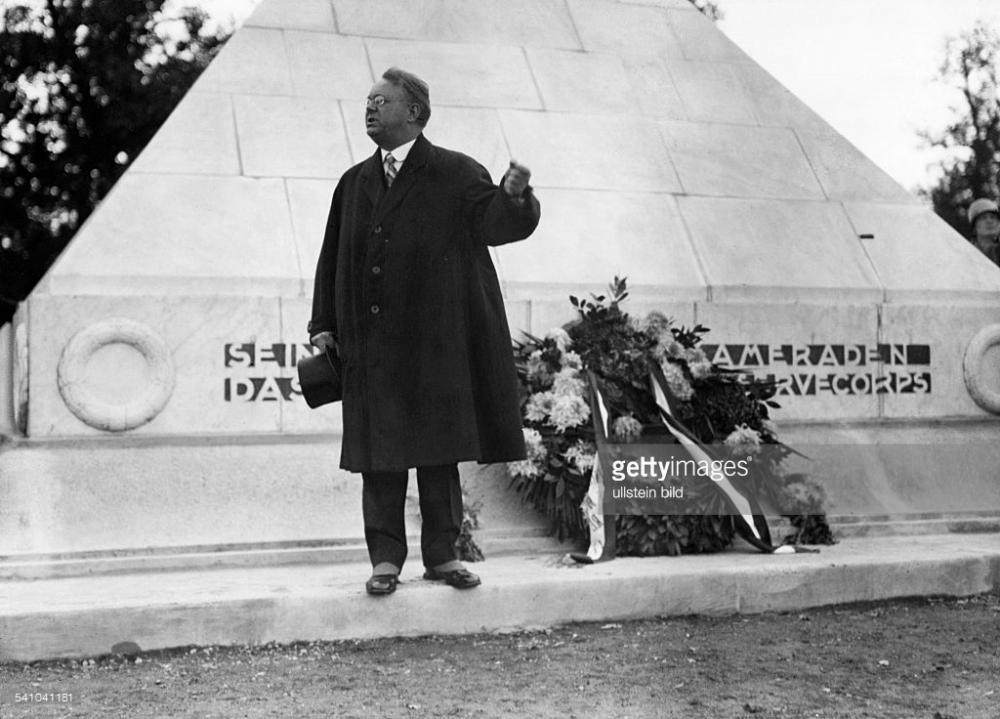
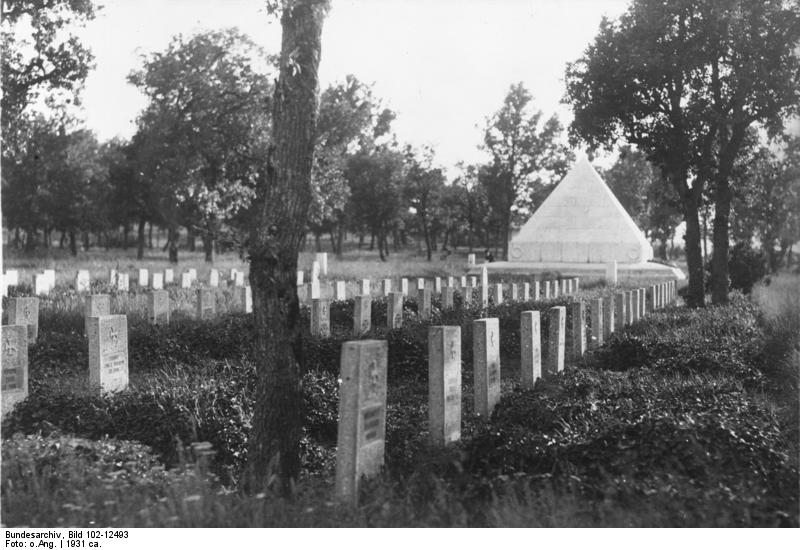

Difference Between Order of the Iron Trefoil 3rd. & 4th. Class
in Southern European & Balkan States
Posted
Not really my field but I think the only difference is the way the order was supposed to be worn and because of that different type of ribbon.
3rd class was to be suspended from the buttonhole while the 4th class was worn on the left side of the chest.
Also based on some of the examples I've seen 3rd class has larger suspension ring, I don't know if that's the case with every single order.